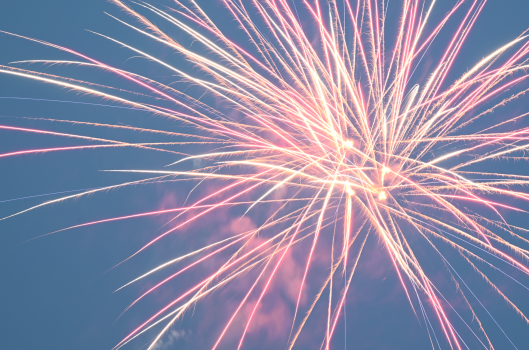I want to express my deep gratitude for everyone helping me a couple of weeks ago when I was jumping into photography for the first time after debating it for years and picking up a few hints and tips here and there. I took my first session over the holiday weekend and it was amazing. I had so much fun. I love the hobby.
One thing I do feel stupid about still is the Nikon differences in lenses, I have spent hours researching charts, reading articles and blogs, and I cannot figure out the advantages and disadvantages of most of them. I know the Z is for the mirrorless new ones. I am so confused on the other options. I planned on buying only the Z Mount Series (Z 5), but I don't know if I know enough about it yet to make that decision.
Could someone please break this down for me and the differences, the advantages the disadvantages everything I would need to know is if I were a four year old?
Thank you all so much, comma you are a huge encouragement.
One thing I do feel stupid about still is the Nikon differences in lenses, I have spent hours researching charts, reading articles and blogs, and I cannot figure out the advantages and disadvantages of most of them. I know the Z is for the mirrorless new ones. I am so confused on the other options. I planned on buying only the Z Mount Series (Z 5), but I don't know if I know enough about it yet to make that decision.
Could someone please break this down for me and the differences, the advantages the disadvantages everything I would need to know is if I were a four year old?
Thank you all so much, comma you are a huge encouragement.


